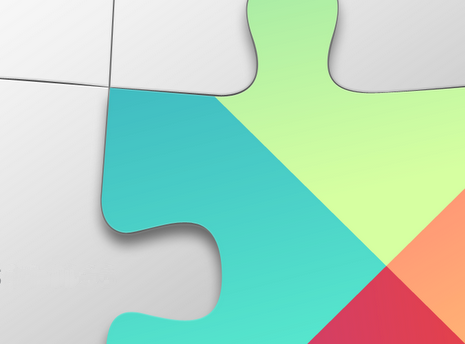Posted by Joshua Gordon, Developer Advocate
Go for a run, improve your game, and explore the great outdoors with Android Wear! Developers are creating a diverse array of fitness apps that provide everything from pace and heart rate while running, to golf tips on your favorite course, to trail maps for hiking. Let’s take a look features of the open and flexible Wear platform they use to create great user experiences.
Always-on stats
If your app supports always-on, you’ll never have to touch or twist your watch to activate the display. Running and want to see your pace? Glance at your wrist and it’s there! Runtastic, Endomondo, and MapMyRun use always-on to keep your stats visible, even in ambient mode. When it’s time for golf, I use Golfshot. Likewise, Golfshot uses always-on to continuously show yardage to the hole, so I never have to drop my club. Check out the doc, DevByte, and code sample to learn more.
|
Maps, routes, and markers
It's encouraging to see how much ground I’ve covered when I go for a run or ride! Using the Maps API, you can show users their route, position, and place markers on the map they can tap to see more info you provide. All of this functionality is available to you using the same Maps API you’ve already worked with on Android. Check out the doc, DevByte, code sample, and blog post to learn more.
|
Google Fit
Google Fit is an open platform designed to make it easier to write fitness apps. It provides APIs to help with many common tasks. For example, you can use the Recording API to estimate how many steps the user has taken and how many calories they've burned. You can make that data to your app via the History API, and even access it over the web via REST, without having to write your own backend. Now, Google Fit can store data from a wide variety of exercises, from running to weightlifting. Check out the DevByte and code samples to learn more.
Bluetooth Low Energy: pair with your watch
With the latest release of Android Wear, developers can now pair BLE devices directly with the Wearable. This is a great opportunity for all fitness apps -- and especially for running -- where carrying both a phone and the Wearable can be problematic. Imagine if your users could pair their heart rate straps or bicycle cadence sensors directly to their Wear device, and leave their phones at home. BLE is now supported by all Wear devices, and is supported by Google Fit. To learn more about it, check out this guide and DevByte.
Pack light with onboard GPS
When I’m running, carrying both a phone and a wearable can be a bit much. If you’re using an Android Wear device that supports onboard GPS, you can leave your phone at home! Since not all Wear devices have an onboard GPS sensor, you can use the FusedLocationProviderApi to seamlessly retrieve GPS coordinates from the phone if not available on the wearable. Check out this handy guide for more about detecting location on Wear.
|
Sync data transparently
When I’m back home and ready for more details on my activity, I can see them by opening the app on my phone. My favorite fitness apps transparently sync data between my Wearable and phone. To learn more about syncing data between devices, watch this DevByte on the DataLayer API.
Next Steps
Android Wear gives you the tools and training you need to create exceptional fitness apps. To get started on yours, visit developer.android.com/wear and join the discussion at g.co/androidweardev.










